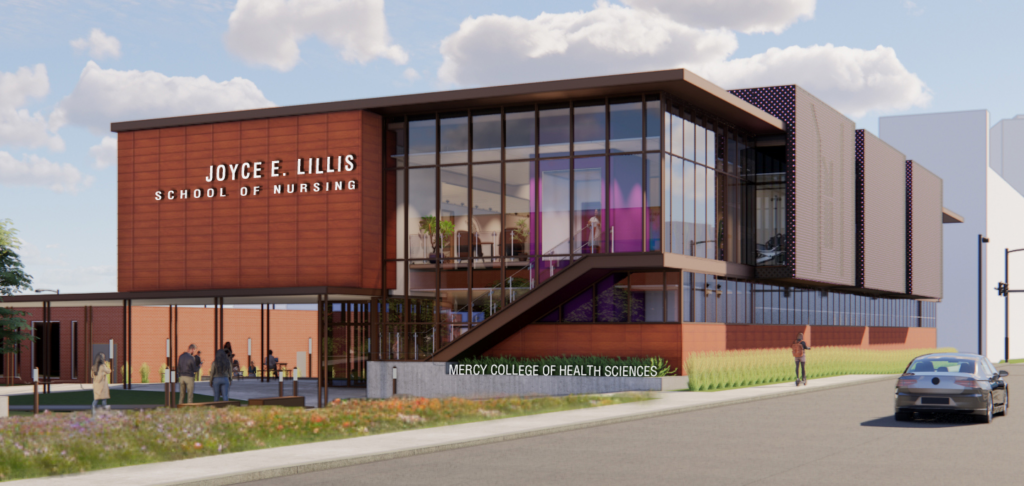Move your data more quickly from A to B

Business Record Staff Oct 17, 2017 | 11:00 am
2 min read time
528 wordsBusiness Insights Blog, ColocationBY DAN KURTZ, Vice President of new business development for LightEdge Solutions
When you drive your car, most times you want to take the quickest, most efficient route to your destination.
It’s no different with the Internet and the transfer of data from network to network or through a data center to a network. Consumers want information quickly and on their own terms.
This becomes easier to do and faster with network peering. It allows Internet users to connect with other users as though they are on the same network. They connect directly with each other, so there is no middleman, no third-party network through which to go or pay a fee for its use.
These connections are called peering connections. There are multiple types of peering connections, but the two we’re going to focus on are public and private peering.
A public peering connection is set up through an Internet exchange point (IXP). Think of the IXP as the on and off ramp and the interstate system for the Internet system, said Greg Elliott, LightEdge’s director of business development for data centers. It makes moving from point A to point B much quicker and more efficient than traveling a two-lane road system.
The IXP contains the equipment and the ports and is the point where the data will come in to be exchanged from network to network. This is the place where services such as Netflix and Google will have ports and run their information to other consumers. Smaller, regional networks also will be connected into the IXP. This can be the most efficient route because no additional cabling is required and some IXPs can have hundreds of participants through which to network.
If there weren’t a nearby or centrally located IXP, Internet traffic would travel to one on the East or West Coast. This costs more money and takes more time to transfer the data, which can mean paying a third-party provider for their access and slower connection speeds, Elliott said.
“The whole point is to keep Internet traffic local,” Elliott said.
Most IXPs are located in larger metropolitan areas. Customers will have to enter into peering agreements to use an IXP, and the customer’s use will have to be monitored by their data center provider.
Private peering involves two networks within the same building, usually within a data center, transferring data. It’s a direct point-to-point connection and can move larger quantities of data than can be transferred through a public peering connection.
This all ties back to colocating your network at a data center. You’ll want to choose a colocation company that has a data center connected to an IXP and has the types of peering connections you need with other networks to move your data more quickly, efficiently and at a cheaper cost.
“If you can peer your traffic locally with other networks that reside locally, it saves you space on your network and ultimately saves you money and time and latency and performance,” Elliott said.
Next month
We’ll continue to discuss how connectivity and communication works within the data center and what this means for transferring your data.
 |
Dan Kurtz View Bio |











